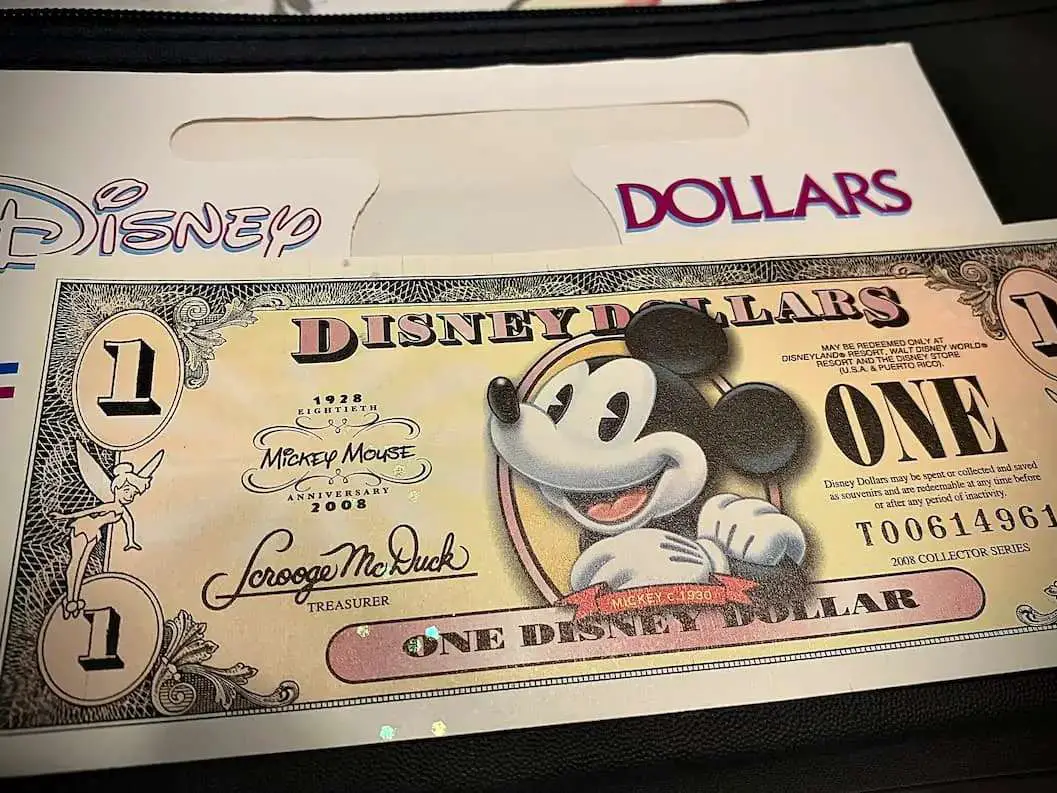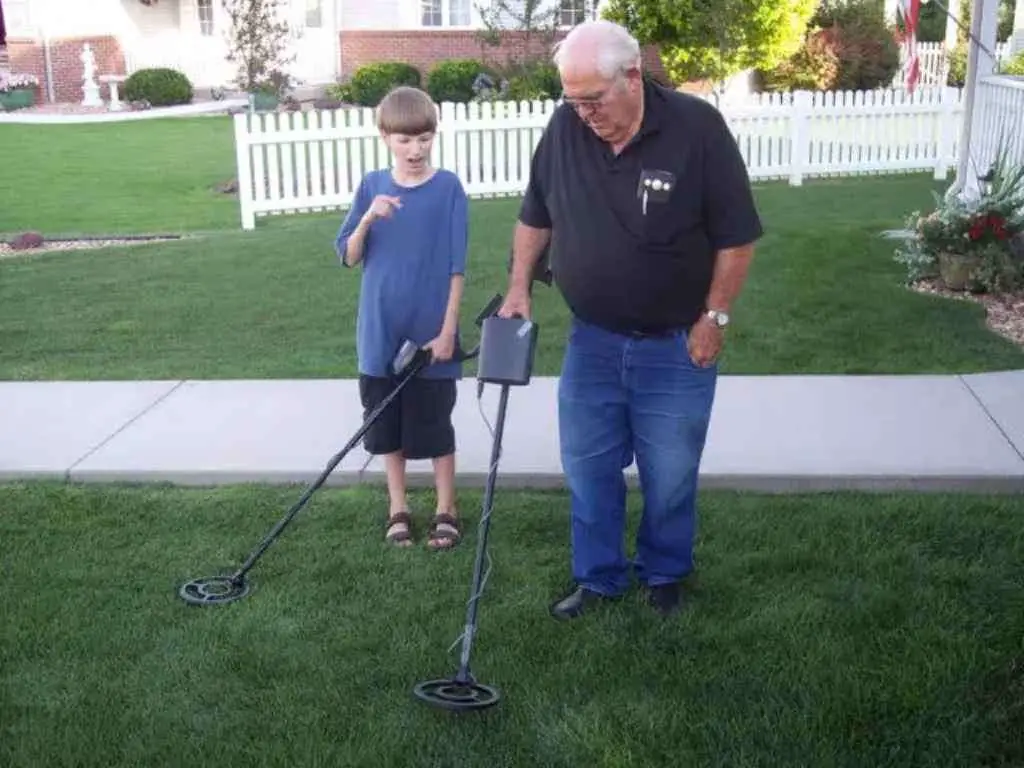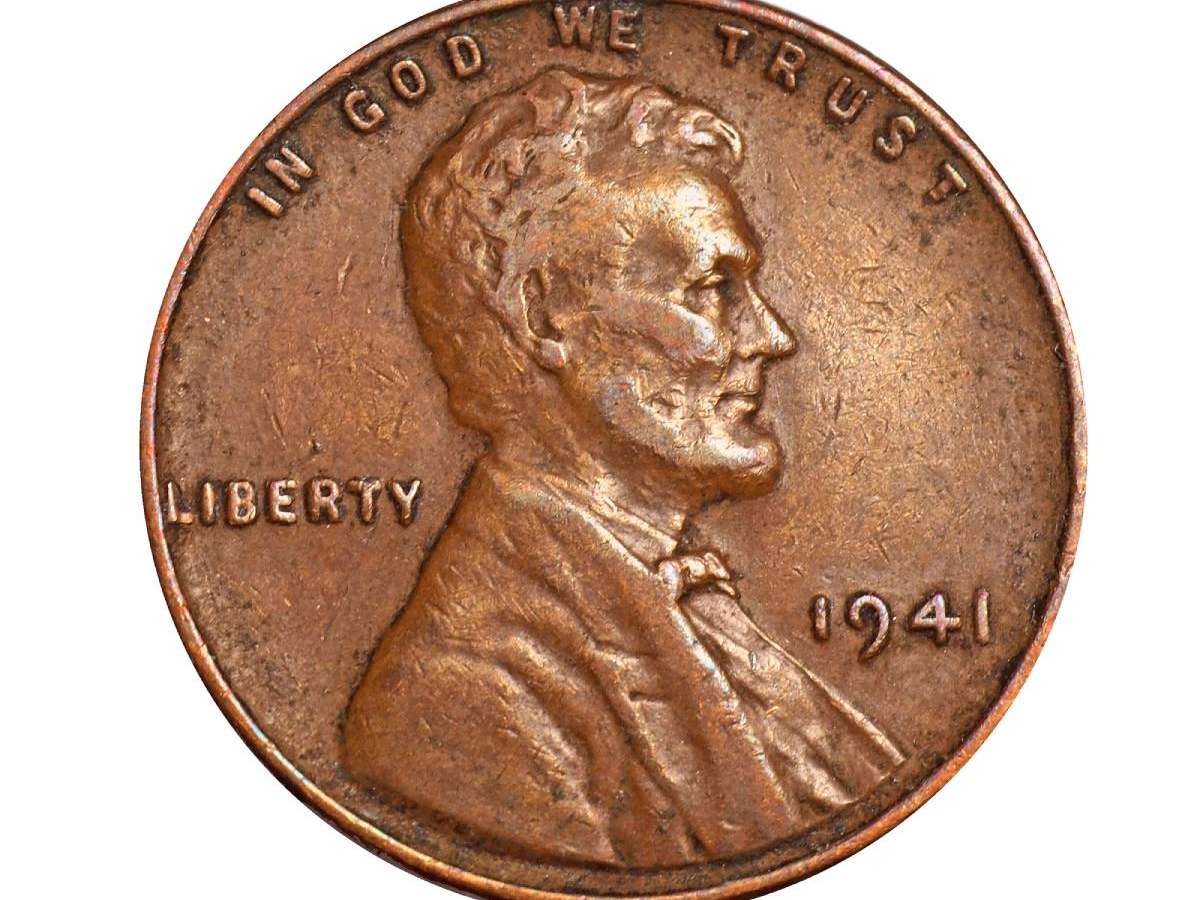Mintage numbers are something that coin collectors must become well-versed in if they are to understand part of what makes a coin valuable, as well as what helps to make a coin rare.
But it really comes down to how many coins have actually survived over time that matters — more than the mintage number itself.

The mintage number of a coin simply refers to how many coins were struck by the mint.
It does not refer to how many coins still exist!
How Do Coins Cease To Exist?
There are actually several reasons why some U.S. coins are dwindling in numbers.
This Indian Head penny and the Liberty Seated dollar pictured below are two good examples of coins whose survival numbers have decreased. Far fewer are known to exist today than were actually minted.
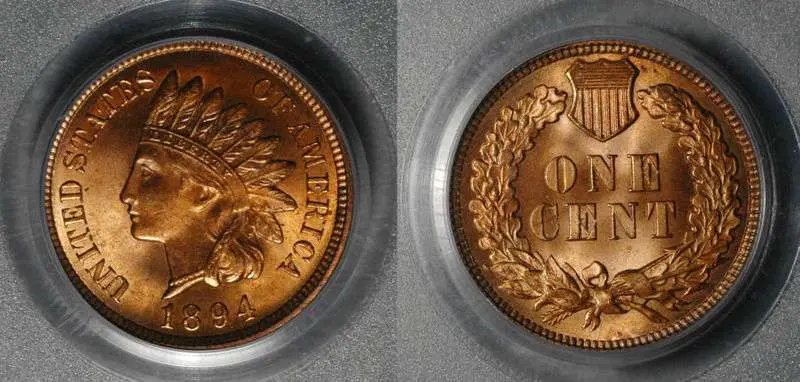
3 Reasons A Coin’s Survival Number Might Be Lower Than Its Mintage Number:
- There are many coins which, over the years, have been minted in large quantities — only to be later melted down or destroyed — either by the mint or by private interests. (See more about this below.)
- There are also many coins which have inevitably become lost to time — either through burial or corrosion.
- There are also countless coins which have been lost through disposal — which can happen unintentionally or purposefully.
So remember… a mintage number is simply a means to help you understand how many of a specific coin the mint actually made. Period.
It in no way tells you how many coins of a given date or mintmark are known to still exist.
Fortunately, there are many experts in the industry who have estimated such numbers. Third-party graders provide the most trusted survival numbers for U.S. coins.
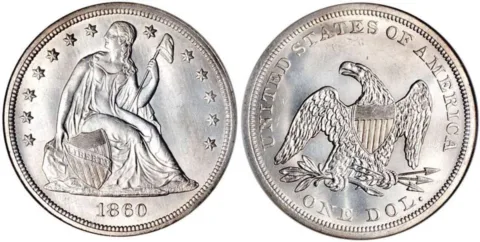
As you may imagine, knowing what a coin’s mintage number is can be very important (even vital!) to understanding how rare the coin is.
After all, if we are to judge the issue of supply and demand, we must know how much supply there is (or at least once was) to get a better idea as to how significant the relative demand is for a coin.
And this is where things can get a little confusing…
How Mintage Affects A Coin’s Value & Rarity
Can you figure out why a coin like the 1909-S VDB Lincoln cent, with a mintage of 484,000, costs several times more than a coin like the 1837 Bust dime, with a mintage of just 359,000?
It seems odd, doesn’t it, that a coin almost a century older, of a higher denomination, and lower mintage actually costs far less than the newer “more common” penny?
Well, if you understand the idea of supply and demand, you will quickly see how the above pricing scenario is not really odd at all. In fact, it makes perfect sense!
First consider the fact that there are relatively few collectors who take the time to acquire Bust dimes. And many of those who pursue Bust dimes do not even attempt to collect a whole run of dates. Therefore, demand for the 1837 Bust dime is far lower than that of the 1909-S VDB penny (a coin often dubbed one of the most sought-after rare coins).
Now consider the fact that the 1909-S VDB penny is a coin which belongs to a very popular series of coins: Lincoln cents. Furthermore, Lincoln cents are usually collected as a series — which means that you must have the 1909-S VDB cent in order to complete a collection of Lincoln cents.
Hopefully now it makes a bit more sense how a coin’s mintage number affects that coin’s value and rarity. It’s an important number, for sure. But it’s not the most important factor in determining how much a coin is worth or how rare it is.
Here are the 5 main factors that determine a coin’s value (and rarity).
The Bottom Line…
You should always keep in mind that many silver and gold coins with seemingly high mintages actually may be far scarcer than their mintage numbers would indicate.
That’s because during times when silver and gold have become particularly expensive (such as during the late 1970s and early 1980s), people have actually sold these coins by the millions to scrap metal dealers who place the coins in a melting pot.
This phenomenon alone has made a number of 20th century silver and gold coins far scarcer than their mintage numbers may suggest!
The 2 other reasons mentioned above also come into play with other types of coins.
NOTE: Mintage numbers are released every year for U.S. coins. Many coin publications, including websites, state these figures. A really good book for finding U.S. coin mintages is A Guide Book of United States Coins by R.S. Yeoman and Kenneth Bressett, which is published annually by Whitman publications.
I’m the Coin Editor here at TheFunTimesGuide. My love for coins began when I was 11 years old. I primarily collect and study U.S. coins produced during the 20th century.
I’m a member of the American Numismatic Association (ANA) and the Numismatic Literary Guild (NLG) and have won multiple awards from the NLG for my work as a coin journalist. I’m also the editor at the Florida United Numismatists Club (FUN Topics magazine), and author of Images of America: The United States Mint in Philadelphia (a book that explores the colorful history of the Philadelphia Mint). I’ve contributed hundreds of articles for various coin publications including COINage, The Numismatist, Numismatic News, Coin Dealer Newsletter, Coin Values, and CoinWeek.
I’ve authored nearly 1,000 articles here at The Fun Times Guide to Coins (many of them with over 50K shares), and I welcome your coin questions in the comments below!


